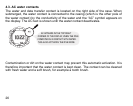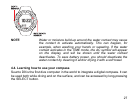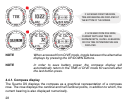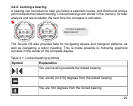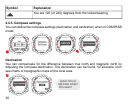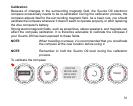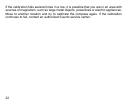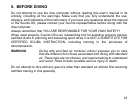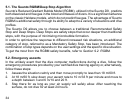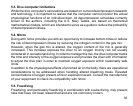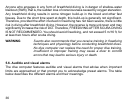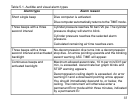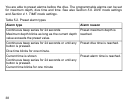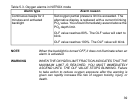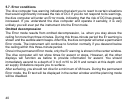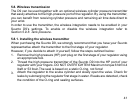5.1. The Suunto RGBM/Deep Stop Algorithm
Suunto’s Reduced Gradient BubbleModel (RGBM),utilized in theSuunto D9, predicts
both dissolved andfree gasin theblood andtissues of divers.It isa significantadvance
on the classicHaldane models, whichdo notpredict free gas.The advantageof Suunto
RGBM isadditional safetythrough itsability toadapt to a varietyof situationsand dive
profiles.
The Suunto D9 allows you to choose between a traditional Recommended Safety
Stop and Deep Stops. Deep Stops are safety stops that occur deeper than traditional
stops, with the purpose of minimizing microbubble formation.
In order to optimize the response to different increased risk situations, an additional
category of stop, referred to as a Mandatory Safety Stop, has been introduced. The
combination of stoptypes depends onthe user settingsand the specificdive situation.
To get the most from the RGBM safety benefits, refer to Section 9.2. RGBM.
5.2. Emergency ascents
In the unlikely event that the dive computer malfunctions during a dive, follow the
emergency procedures providedby yourcertified divetraining agencyor, alternatively,
follow these steps:
1.
Assess the situation calmly and then move promptly to less than 18 m/60 ft.
2.
At 18 m/60 ft, slow down your ascent rate to 10 m/33 ft per minute and move to
a depth between 3 and 6 m/10 and 20 ft.
3.
Stay there for as long as your air supply will safely allow. After reaching the
surface, do not dive for at least 24 hours.
34



